anorexia weight loss timeline
 My Weight Loss Timeline in pictures - The Mummy Toolbox
My Weight Loss Timeline in pictures - The Mummy ToolboxBody response to the right fuel in anorexia Body response to the right fuel in anorexia By Jaimie Winkler, RD, LDN and David Alperovitz, Psy.D. Research on the refeeding process provides parameters for the metabolic rate of rest, body composition and hormonal composition as someone restores weight. This knowledge can provide comfort to those suffering physical and psychological pain during restitution. The degree and quantity of knowledge that people receive during this process is important, as people have different preferences for the way they want to be when they know the details of their treatment. There is evidence that for some individuals too much information about the resentment process can lead to more social comparisons, greater need for reinsurance, negative self-evaluation (not to comply with the rule), and can fuel the intolerance of the sufferer by uncertainty and discomfort. The basic symptoms of a eating disorder consist of: fear of weight gain (please, fat or discomfort), fear of uncertainty, desire for predictability, need for reassurance, discomfort and avoidance. All these symptoms should be addressed with the development of skills and information. Science and clinical experience reveal that the resentment process can be uniquely painful for each individual – independent of the weight. Rejection can be so physically and psychologically uncomfortable for someone who is overweight, as it can be for someone with average weight, or for someone who is underweight. This article discusses the weight gain process. Even those who do not have formal weight gain plans can be recognized in this description. The timetable we provide is drawn from a collection of clinical experience and is supported by research studies that address unique parts of this complicated process. To understand what happens during refueling, we must first see what happens during the process of malnutrition. The key things to know are: Phase 1: Immediate changes: Against the current Phase 1: Immediate changes: Against the physical current: Immediately after eating more your body tastes the extra energy and quickly starts putting this energy to work. The metabolic rate (heat with capacity) increases as it provides adequate food. Calories are the trigger for an increase in the metabolic rate. The serious risks associated with the "feeding syndrome" are directly related to the way the body immediately begins to make more energy when it does not have enough nutrients to meet the demand. The consequences of refeeding syndrome, which is different from the refeeding process, may vary from low laboratory values to mild edema to heart failure. When in a state of malnutrition, the hormone levels that regulate tissue growth are diminished and the cells become resistant to their effects. The net result is that more glucose is made available for vital organs and the vital movement. A malnourished body assumes that this movement is aimed at getting food to eat – not with the goal of exercising or burning more calories. Your arms and legs can still take you to a job, class or appointment because the energy has been assigned to those members to work to hunt and collect food. The fact that these activities are possible may have to think that things are right. Nothing could be further from the truth. Survival mode should be differentiated from "OK". The same hormones that help build lean body mass and body fat remain ineffective when you start eating more. At this point, energy and nutrients are primarily directed towards restoring function to vital organs. The first step is that the body gains water weight to achieve normal hydration. Here the body moves from a dehydrated state to a hydrated state. This can happen suddenly and can be seriously uncomfortable because change is immediate. For example, you can earn several pounds of "water weight" during the night because you drink several pounds of liquid in one day to stay properly hydrated. The same is not true with food, you can not earn several pounds of body weight during the night because much of the food eaten becomes energy and leaves the body through heat, energy, carbon dioxide or water (through the nose, sweat or urine). Dehydration occurs for many reasons: laxative or diuretic abuse; decrease intake of glucose, proteins and electrolytes; refusal to drink water; as well as excess consumption of proteins or caffeine. A danger here is that one of the central beliefs/ fears of the eating disorder will be confirmed: that you can't eat normally without "blocking." However, weight gain is not and should not be seen as a maladaptive response to food. Weight gain is a normative process and the logical and correct response of the body to reintroduction of foods that the eating disorder tried to avoid. Apetit: Restrictive feeding patterns can cause abdominal pain and swelling. Important daily maintenance to the intestines of the body is sacrificed when intake is restricted. Many repairs are often needed before the system starts to operate optimally. The low caloric intake decreases and delays the emptying of stomach contents that lead to nausea, slow digestion and constipation. Both restrictive and low calorie intake can allow you to feel more full with less food. It is normal to start feeling hungry or to feel overly full at this point. Hunger can become evident once your body begins to use and request more energy. However, depression, stress and anxiety can still be powerful appetite suppressants, even when your body demands food. Attitude:When you start eating more there is no way to direct the allocation of energy to a specific body system. This initial period of refeeding is often associated with a feeling of "falsura" that you are not listening to the body signals. The logic/temor of the eating disorder of "once it starts it will never stop" may be present, in an attempt to frustrate recovery. Individuals often have the experience of fearing that every new uncomfortable physical symptom will never cease. It follows that this occurrence is often filled with high anxiety and can be one of the most fearsome moments of the entire recovery process. Phase 2: No solid groundFase 2: No solid groundPhysical: During the weight gain phase of the refeeding, three types of weight gain are produced: continuous restoration of normal fluid balance, mass increase of the lean body and gain of body fat. Research studies consistently show that the weight gain of body fat is only part of the equation. To create a new body fat there must be an excess of calories. Every day during weight gain, large and small amounts of lean body mass and body fat gain are being created. Simultaneously, daily fluid changes are occurring from 1 to 5 pounds. It is impossible to know what aspect of weight is increasing any day. This is an important area to practice tolerating the discomfort associated with uncertainty. Fluid weight variations can be more pronounced during the weight gain process. Fluid fluctuations are related to the daily intake of sodium and carbohydrates, the amount of fluid needed to excrete the by-products of repair through urine, as well as fluid retention to support tissue growth. Appetite: During the weight gain phase, individual appetite experiences can vary dramatically. Some report prolonged "fullness" and lack of appetite. Fullness can often be confused with gas or swelling. Increased gas production occurs for many reasons related to food production and healing. Many report wild oscillations between insatiable hunger and profound fullness. Some may experience both extremes of the starvation spectrum in an hour-long course. The signs of hunger are unpredictable and intense. Even in very high calorie meal plans designed to gain weight, people report hunger. In the famous Ancel Keys Starvation Studio, subjects ate up to 6,000 calories per day and still felt hungry or dissatisfied. Attitude: The thoughts and beliefs of the eating disorder use the chaos and unpredictability of this phase to lure you back into the mess. People usually spend countless hours worrying about the weight gain characteristics. Some immersed in behaviors of eating disorders simply as a way to cope. Even within a 24-hour treatment environment, it is possible to use "rules" food disorder in relation to amounts and types of food to develop a sense of "security" or to stop the weight gain process. Others create rules to apply to weight gain experience, choosing high-calorie foods to speed up the process or favor desserts that are no longer out of limits. The less disorderly responses to this phase are to choose the foods you like, challenge the fears of particular foods, and always strive to refrain from controlling the process. A lot of brain space can be devoted to "what if" when fear of uncertainty prevails. Being open to clinical information about the resentment process can also help put things in context and at the same time be reassuring that discomfort is expected. Tolerating uncertainty thus becomes a tool of recovery of critical importance. Phase 3: A light at the end of the tunnel? Phase 3: A light at the end of the tunnel? Physics: Many care about developing a "resentful barb." There is no clinical definition for a resentful belly. Many times they care that they are pregnant or have an abdominal circumference above an "normal" or tolerable level. Sometimes it is impossible to avoid abdominal discomfort. After a normal-sized meal, you can often feel a tightening in your pants as the abdomen expands to accommodate freshly eaten foods. With food plans designed to gain weight, this experience is usually increased. In addition, an extra stool or urine occurs from food breakdown and conversion to energy, thus creating more mass in the intestines. Research indicates that weight gain will often occur first in the abdomen before it is done in the legs and arms. This process of adaptation is produced for body fat to protect and separate vital organs. Because of the initial weight gain in the abdomen, one may have the experience of feeling "disproportionate" because the arms and legs do not yet have to catch up. In research studies, the difference between the abdominal circumferences of someone who has recently restored the weight in front of an age/weight/height-adjustment control can be just a size of pants in any direction. A year after weight restoration there is no statistical difference between the forms of individuals with weight and those who have never had a food disorder. The true presentations of a last-stage pregnancy that looks like abdomen are very rare. Factors that reduce the risk of disproportionate abdominal weight gain include: regular periods or shorter duration of amenorrea (less than 1 year), early intervention and relapse prevention. Apetito: Towards the end of the weight gain phase individuals in a high calorie meal plan (e.g. $3,500 calories per day), may experience less hunger episodes and feel full before even starting to eat. Once again, this is an adaptive and natural response to excessive food. The body in one sense establishes a control of the hormonal systems that regulate appetite and body weight. This can often be even more pronounced in a 24-hour treatment environment where food amounts are consistent and more calories than in outpatient treatment. Experience a change in appetite can contradict the notion that your body is "robbed" and does not know how to maintain an adequate weight. In outpatient settings, weight gain could decrease a bit as one approaches a healthy weight. It is important to distinguish that a healthy weight is defined differently (based on several factors) for each individual, and is not simply a BMI of 18.5 kg/m2. In fact, more than 85% of women recovering from a food disorder need to be in a 20 kg/m2 or higher BMI for full body function and normal appetite indications to be present. Individuals who have been released from a program in a BMI less than 20kg/m2 and said they can keep that weight, often find that their bodies can have different ideas. This should not be seen as the body "tritured" one in gaining weight. More exactly what is happening is that one is trying to "trick" the body in keeping a low weight. Attitude: Near the end of weight gain can come as a relief or feel like a loss. People who approach this stage often report feeling sad (or even angry) that the "food share" is over. Often ignored is the fact that many people recovering from eating disorders really enjoy food. At this stage, normal amounts of food may seem small. As one continues with recovery, this normalizes. Many people report feeling a great relief as they approach or reach a healthy weight. It's rarely as bad as they expected it to be. Food disorder is fed by inflated fears of the unknown. Body image will vary dramatically because it is an important transition point in treatment. The uncertainty of life is reflected in this unstable body image. People often report feeling how they should be "doted" with treatment at this time, but in many ways the process has only begun. (From there the question mark in the title of this section – Light at the end of the tunnel?) Phase 4: In the Great Opening Phase 4: In the Great Physical Opening: When an individual has a healthy weight and adjusted his intake to support the maintenance of that weight, he sometimes assumes prematurely that the physical healing process has ended. Research suggests that it can take up to 12 months for the body to completely heal from malnutrition. At this time, most of the work to restore hydration is complete. Although you have created lean body mass, you may not see "toned" (a euphemism of eating disorder to look for "thin" or "good"). Remember that for about a year off, there is no difference in shape between a weight-resistant body and someone who has never had a food disorder. Most people report a weight "redistribution" within six months, although many report that they start to feel more comfortable in a few weeks. It should be noted that the mass of magra created or repaired body is essential skeletal muscles for basic movements and not those for athletic performance. Magra body mass also includes increases in organic tissue. Because physical restoration is not complete, the metabolic rate can stay high for many months. People often keep counting calories or comparing their intake to others, but it's never a fair comparison. At this juncture you need more food than if they were the same weight, height and age, but they never had a food disorder. For example, a woman of 150 pounds may need 2,700 to 4,000 lime/day to maintain full body function and weight after weight restoration. You could keep weight in less calories, but this would mean starting to sacrifice critical functions such as digestion, reproduction, and heart strength, as well as a stunted physical and psychological recovery. Appetite:The hunger signals can still not make sense. Many people want to quickly jump to intuitive food and abandon their food plan. Reaching a healthy weight is not the end of the process. It is important to follow a basic meal plan and work with a team in the incorporation of information on hunger and the fullness of the cues. You should always add if you are hungry physically, because the metabolic rate remains high for up to 1 year. You can work on distinguishing physical and psychological hunger, but you know that one should always err on the side of a little more than a little less. Clinicians advocate to see how much food can be eaten and maintain weight, not how little you need. The only experience of "false hungers" people tends to be related to medicines, so talking to prescription providers becomes important if there is doubt about trusting physical hunger. Feeling physically full or overwhelming sometimes is not a failure. The weight gain process has provided knowledge of what is needed to gain genuine weight over time. Having a day of fullness or fullness after a meal does not translate into weight gain. The main objective of this recovery phase is to reduce the intensity of its response to fullness, perceived weight gain, real weight gain, and hunger concerns. Learning to make small adjustments with good intention becomes important when you think you have had too much or too little food. This is always a delicate balance, as the eating disorder can often lead to an error, either by restricting or by binding, as well as overestimating and underestimating. In the end having constant hunger and fullness issues help to break the myth that being hungry is associated with weight loss and being full is associated with weight gain. Attitude: Physical experience often remains variable. Every day he can feel you're moving away from your identity. Elections may seem counterintuitive, although you know intuitively that you have been able to feed at times before in life. They often yearn to be "normal" and at the same time cry the loss of a sense of self. Even when others see your body as healthy and your eating pattern as appropriate, you will still fight thoughts and install daily. Even the men in Ancel Keys' hunger study took about 6 months after restoring weight and intake to begin to "feel normal" about food. Putting cognitive and emotional experiences in words is a critical starting point for the validation of others, as well as crucial to prevent a return to an approach in the body or behaviors to express anguish. Recovery happens a small option at once. You redefine the "good" and "bad" days. Repair one cell at a time. Little by little thoughts go back because you stop answering them. There are brief moments of reproof. You unite longer sections of hope and freedom from the burden of food disorder. Just as no one can tell you the exact day your body recovers, no one knows exactly when your mind recovers. In both arenas, the signs for recovery are subtle and often have no celebrity because they seem to occur in the most uncomfortable ways. About the authors – Jaimie Winkler, RD, LDNJaimie earned her degree in nutrition from the University of Western Chester in Pennsylvania and completed her dietary internship in Brigham and the Women's Hospital in Boston. He also has a degree in history and journalism from the University of Michigan. Jaimie has been with him in Belmont, Mass., for 8 years. Since then, it has provided outpatient nutrition services to those who struggle with food disorders or medical problems. He has led healthy feeding groups in schools, outpatient feeding disorders, delivered in the University of Boston nursing program, helped develop hospital food programs, and talked to high school sports teams about the right fuel. David Alperovitz, Psy.D. Dr. Alperovitz won his PhD in Clinical Psychology at the Massachusetts School of Professional Psychology. He completed predoctoral training at Tufts University and a Post Doctoral Scholarship in Psychology for the Treatment of Trauma and Dissociative Disorders at McLean Hospital and a Clinical Scholarship at Harvard School of Medicine Department. Dr. Alperovitz has an appointment as an instructor in Psychology at Harvard School of Medicine. She has more than 20 years of experience working at McLean Hospital mainly with people with eating disorders, trauma stories and dissociative symptoms. Dr. Alperovitz has maintained a private practice that treats adolescents and adults for more than 15 years. Dr. Alperovitz has worked for the last 5 years in . An answer That was fantastic! I am a therapist who works with eating disorders and this was enormously helpful. Find us on FacebookNews Pin On Pinterest Yes! I want to be up to date with the latest news and articles from the leading industry experts Your privacy is protected.

From Binge Eating To Weight Loss

My Weight Loss Timeline in pictures - The Mummy Toolbox
Knocking on Anorexia's Door: An Eating Disorder Testimony - Radiant Rachels

Weight timeline from before IP | iwillspreadmywingsandfly

Blogger documents her anorexia recovery with before and after photos on Instagram | Daily Mail Online

The History of Anorexia | The Recovery Village Drug and Alcohol Rehab

Timeline Previous 6 weeks: generalised malaise, anorexia, rapid weight... | Download Table
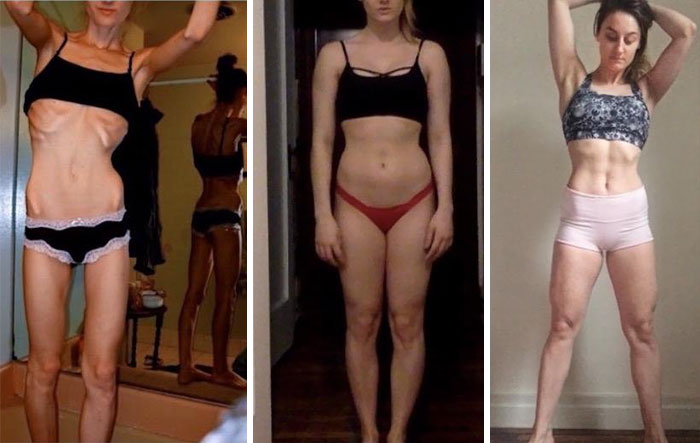
120 Before & After Pics Of People Who Defeated Anorexia | Bored Panda
Knocking on Anorexia's Door: An Eating Disorder Testimony - Radiant Rachels

120 Before & After Pics Of People Who Defeated Anorexia | Bored Panda

These Amazing Photos Show That There Is Hope After Eating Disorders – ViralNova

From Binge Eating To Weight Loss

45 'Before & After' Photos Of People Who Beat Anorexia - True Activist
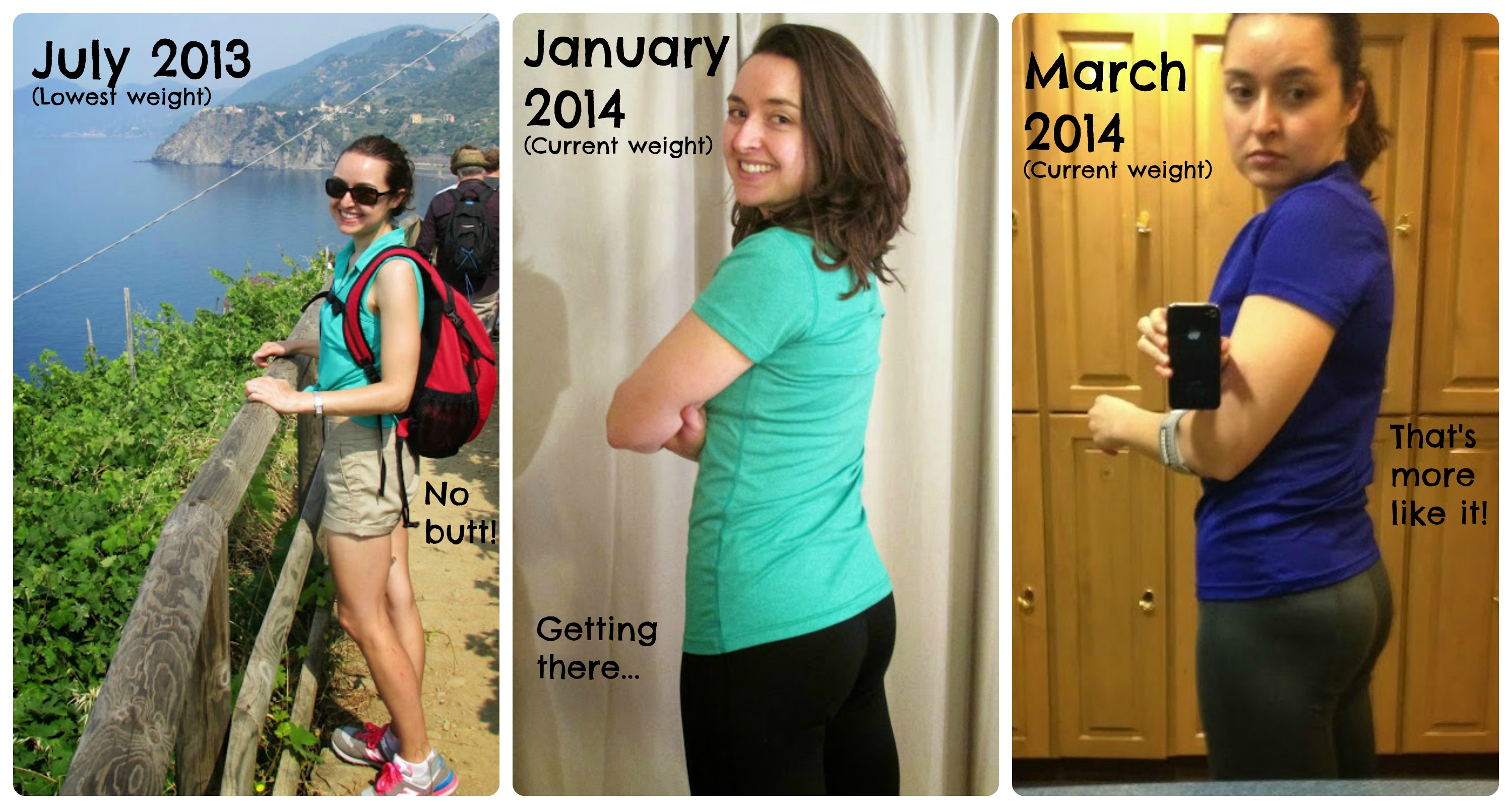
50 Incredible Skinny To Fit Female Muscle Gain Transformations!
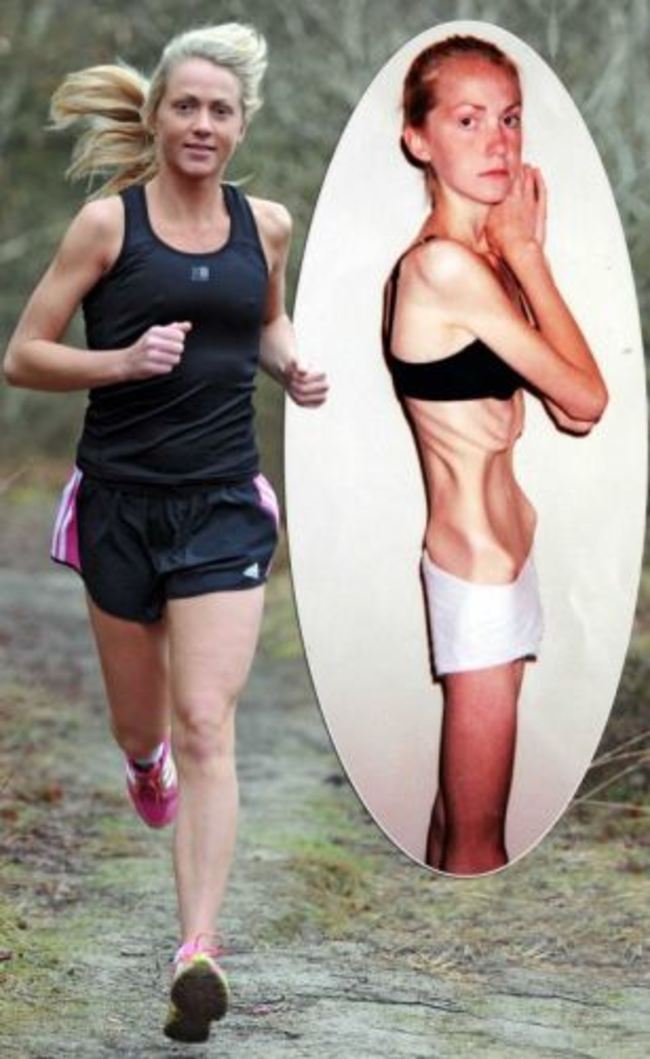
15 Inspiring Before And After Photos Of People Who Won The Battle Against Their Eating Disorders

Binge Eating Disorder: The History of BED
![Anorexia Weight Loss Timeline, [Anorexia Weight Timeline] – Customer Experience Magazine Anorexia Weight Loss Timeline, [Anorexia Weight Timeline] – Customer Experience Magazine](https://cxm.co.uk/upimages/weight/c7VuozSx-weight/anorexia-weight-loss-080c-timeline.jpg)
Anorexia Weight Loss Timeline, [Anorexia Weight Timeline] – Customer Experience Magazine

my anorexia story (with pictures) - YouTube

Steve Jobs' Cancer Timeline and Eating Disorder: An Infographic - Celebrity Diagnosis
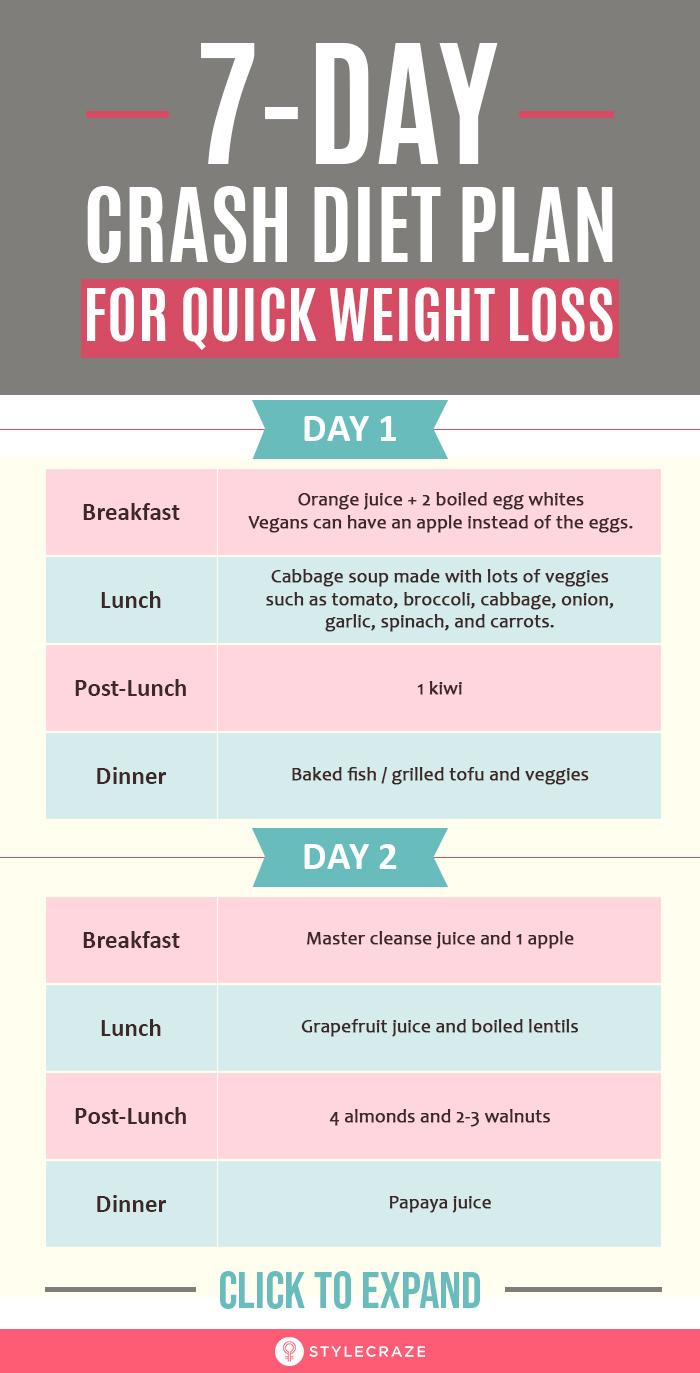
Best Crash Diet For Fast Weight Loss, Diet Plan, Side Effects

I was 14 and weighed just 5st 6lbs when I told 3,000 anorexic girls how to lose weight – the damage I've caused makes me feel sick

120 Before & After Pics Of People Who Defeated Anorexia | Bored Panda

Demi Lovato's Health and Fitness Journey | Shape

Amphetamine of the Year
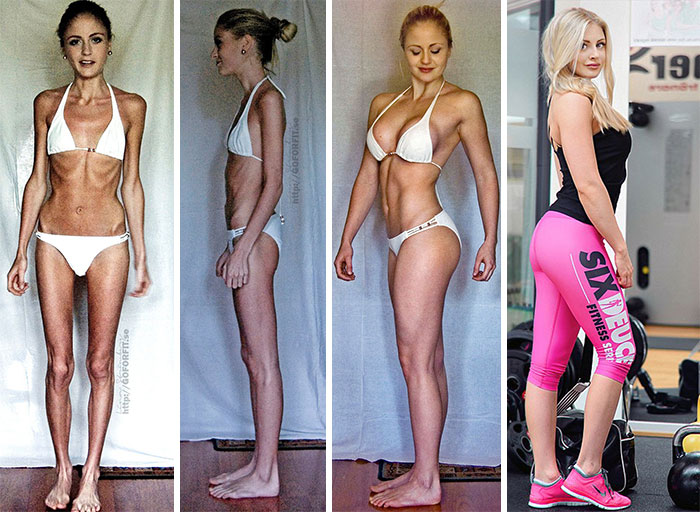
120 Before & After Pics Of People Who Defeated Anorexia | Bored Panda
/refeeding-overview-4177196-FINAL-bc7de67dc8ae4789abdf5d735b4fef45.png)
An Overview of Refeeding Syndrome

45 'Before & After' Photos Of People Who Beat Anorexia - True Activist
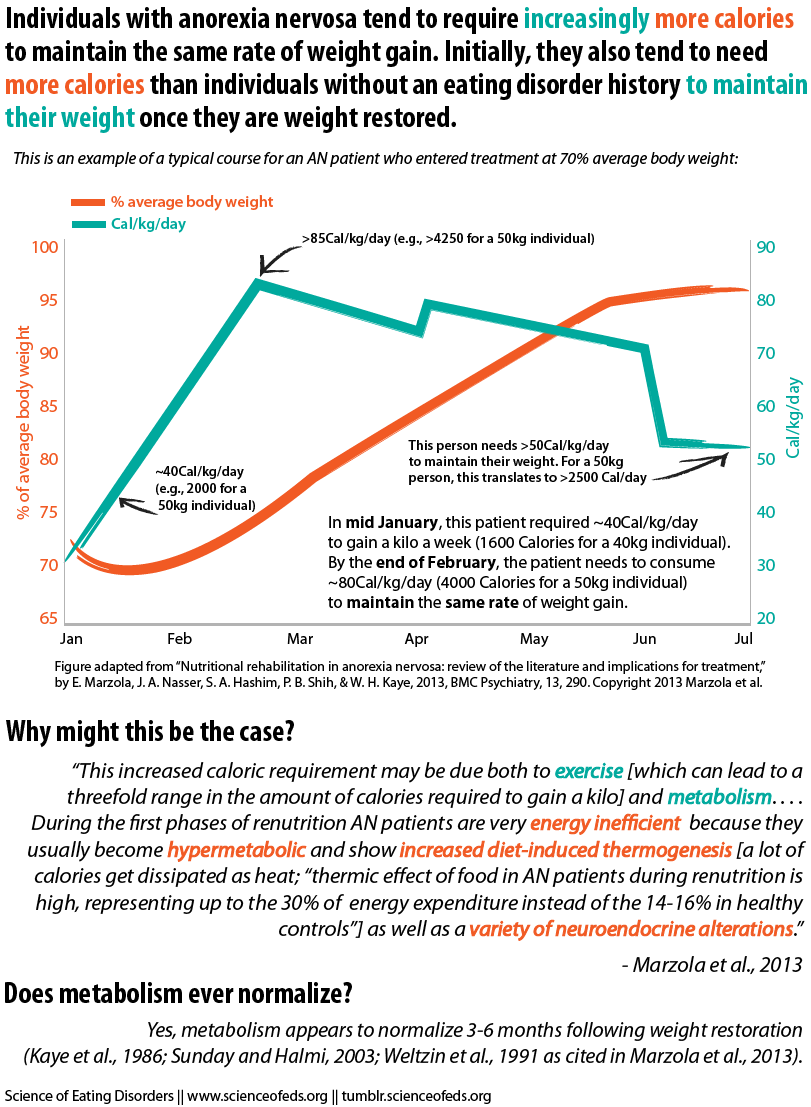
Hypermetabolism in Anorexia Nervosa – Science of Eating Disorders

Shocking pictures of anorexic who did 50,000 sit-ups a day and ate 'virtually nothing' - Mirror Online
Elle M. (they/them) on Twitter: "[TW: eating disorder, ed, anorexia, pregnancy loss, diet, weight loss] The acquaintance needs to go run headlong into a locked door. Do NOT do this to people

Timeline Previous 6 weeks: generalised malaise, anorexia, rapid weight... | Download Table
How much weight can you lose if you go anorexic for 1 month? - Quora

Pin on YOU CAN QUIT!

EATING DISORDERS Phillipa Hay & Jane Morris TS OTHER DISORDERS - ppt download
/GettyImages-163726070-050df07bd97b49339c6401260c256cd2.jpg)
Types of Eating Disorders

Eating Disorders and Addiction - PAX Memphis Recovery Center

My Before & After Story: How I lost 40 lbs and Beat My Eating Disorder | Fitness Blender
COD-ED Community Nutrition Flowchart for Eating Disorder

MY STORY | Anorexia & Obesity Journey - YouTube

Brittany Murphy's Weight: Eating Disorder Denials Despite Changing Shape (PHOTOS) | HuffPost
Posting Komentar untuk "anorexia weight loss timeline"